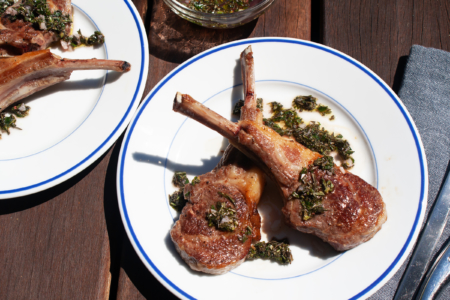This small but mighty Alpine nation is a premier food and beverage hub for hungry tourists. Austrian traditions merge with internal and external European influence, creating a very unique and delightfully inclusive cuisine identity.
A Hungry History
Modern Austrian cuisine has roots that run deep and span throughout the whole of Europe into the Middle East, Russia, and the United States (US). The first cuisine confluence came during the Ottoman Empire. This centuries-long dynasty occupied much of Eastern Europe and the Balkans, introducing some key ingredients and cooking styles to the region such as cinnamon, clove, vanilla, pistachios, almonds, and coffee. It is rumored that due to Vienna’s proximity to the very bustling Ottoman trade borders, Austrians might have experimented with chocolate before the rest of Europe.
After the decline of the Ottoman Empire in Europe, the Austro-Hungarian Empire (AHE) emerged, which covered many of the regions previously occupied during the Ottoman Empire and a large portion of Eastern Europe including Poland, Romania, Ukraine, and even a section of Italy). It is during this rule that you see the largest impact on Austria’s food and cooking. Rich and hearty meat stews and dense potato side dishes, all seasoned with caraway, horseradish, dill, and chives, illustrate the Eastern European crossover. At the time, the strong alliance between Germany and the AHE greatly influenced cheese, charcuterie, wine, and spirit production.
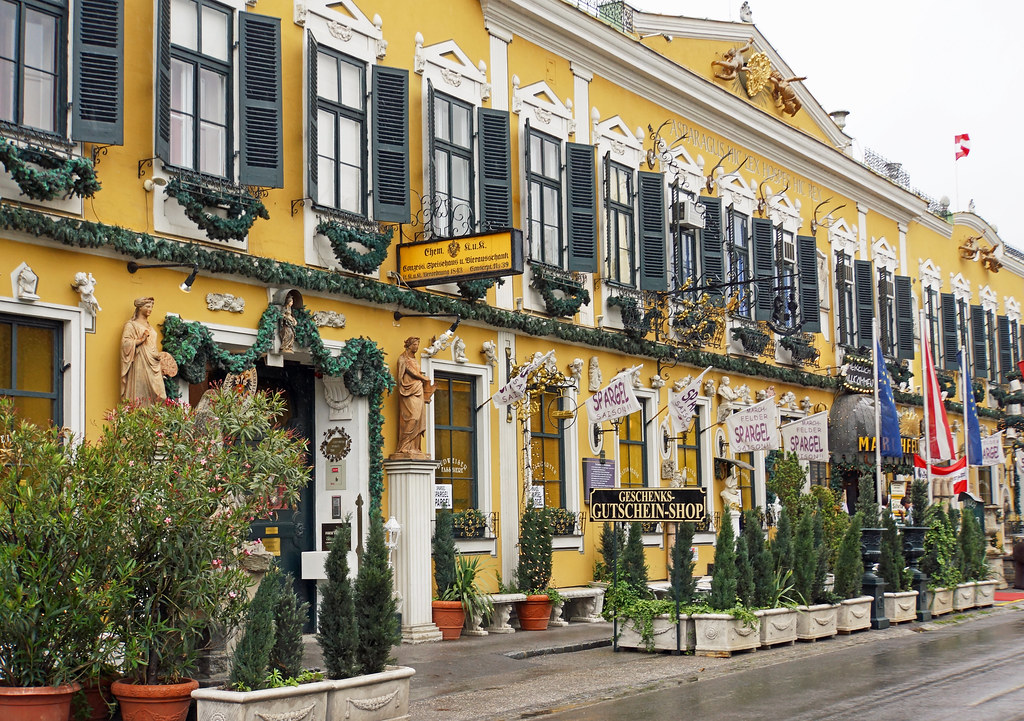
After WWII, snippets of Western European culinary influence emerged in Austria’s favorite foods. Austria was a shared space for the Allies with bits and pieces of land divided between France, the US, England, and Russia. This brief 10 year period brought a boom in French-style baking and pastry, as well as English influenced beer production.
The Many Dishes of Austria
Now that we’ve had our brief history on the culinary influences in Austria, let’s see some of that influence in action. Here are some of the many important Austrian dishes that illustrate the country’s historic past:
Wiener Schnitzel, the unofficial national dish of Austria. This iconic dish actually pulls inspiration from Italy and their Milanese (breaded veal, pork, or chicken cutlet) recipe!
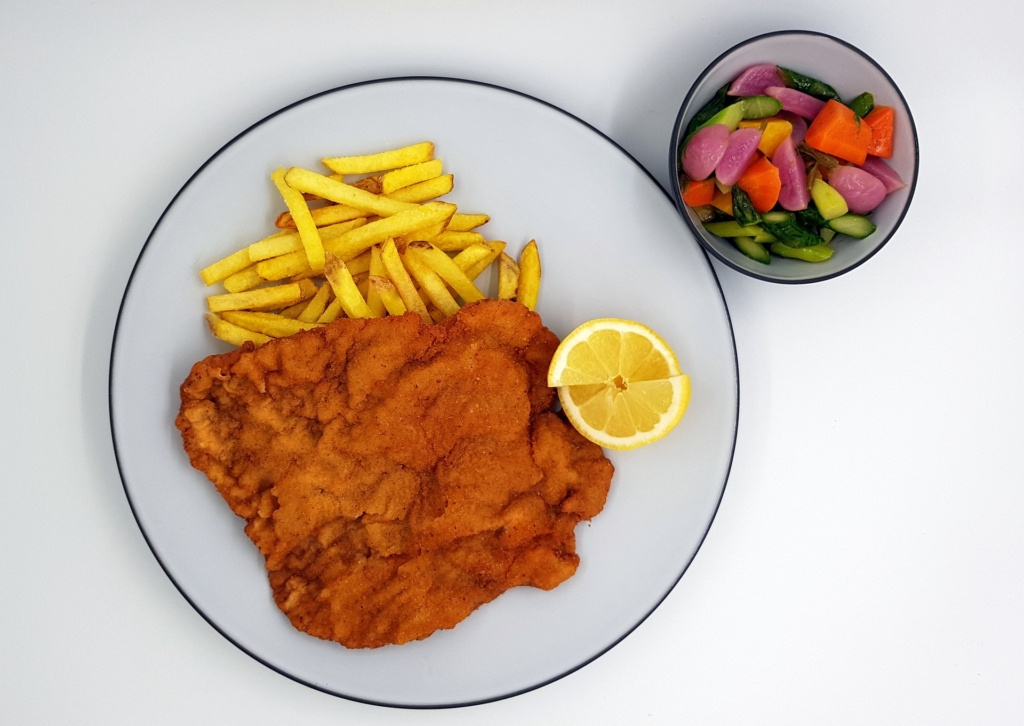
Sachertorte is a very famous Viennese cake. A rich chocolate sponge is encased in a ganache-like glaze and filled with apricot preserves; it is a recipe oozing with French, German, and Ottoman influence.
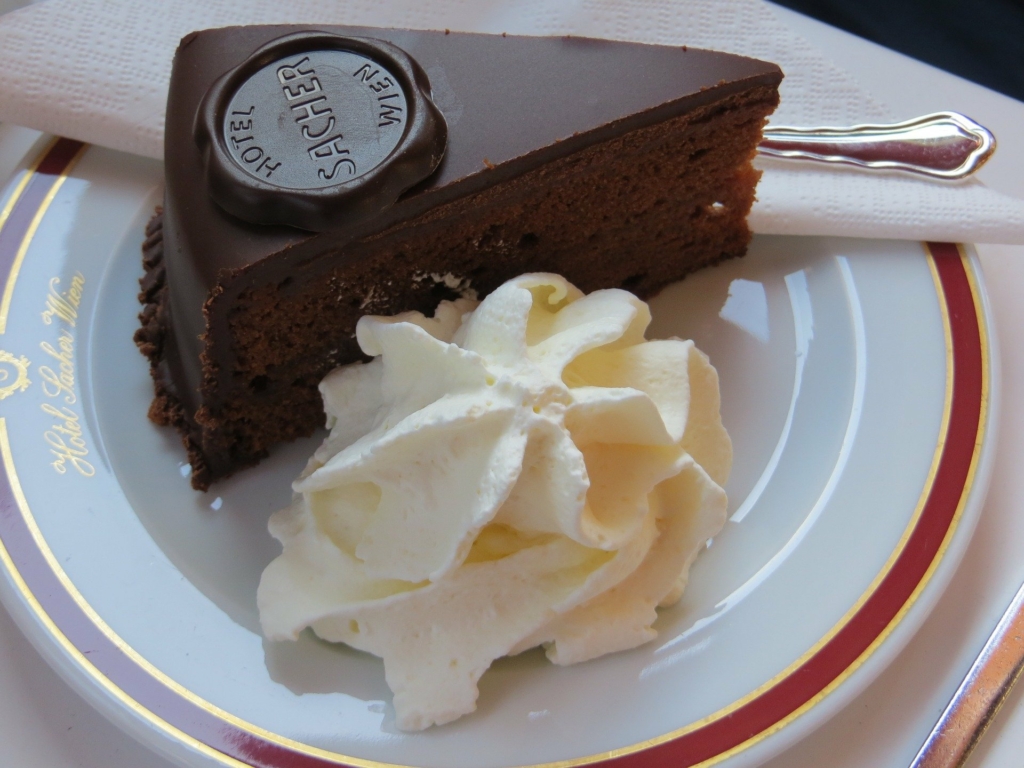
Apfelstrudel, or apple strudel, is another Austrian dessert heavily influenced by the Ottoman- reign. The thin pastry that wraps around the sweet apple filling bakes up crisp and is reminiscent of baklava and phyllo.
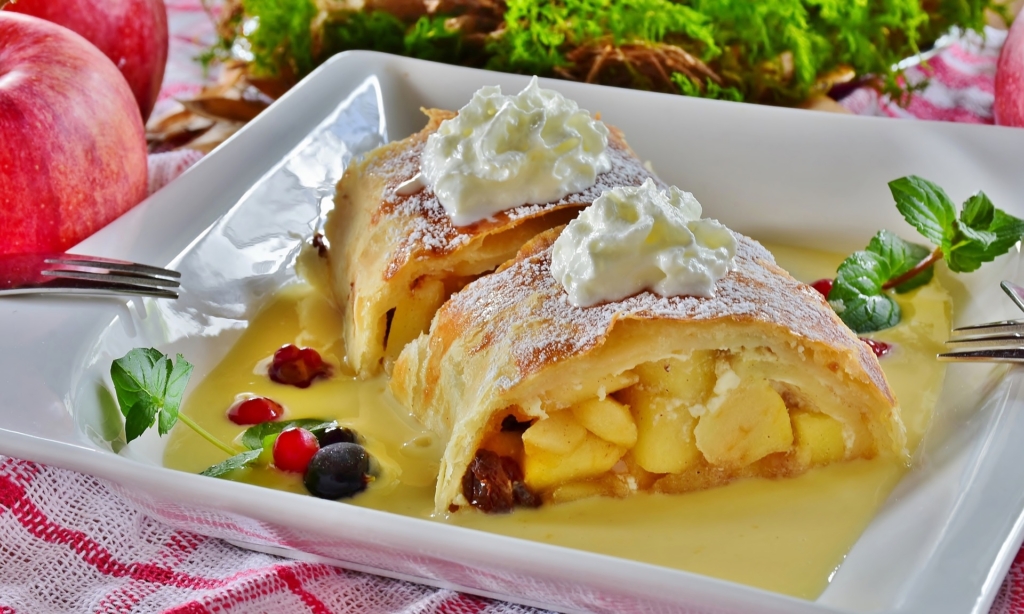
Tafelspitz, the official national dish of Austria. This savory boiled beef or veal dish highlights the culinary ties shared between Austria and Eastern Europe, even down to the sour cream-horseradish sauce and fried potato side dish.

Wiener Würstel are savory pork and beef sausages with ties to both Frankfurt, Germany and Vienna. Wiener würstel is a great substitute for bratwurst and pairs perfectly with beer, cabbage, and potatoes.

Feature Image: Jürgen Sieber from Pixabay

